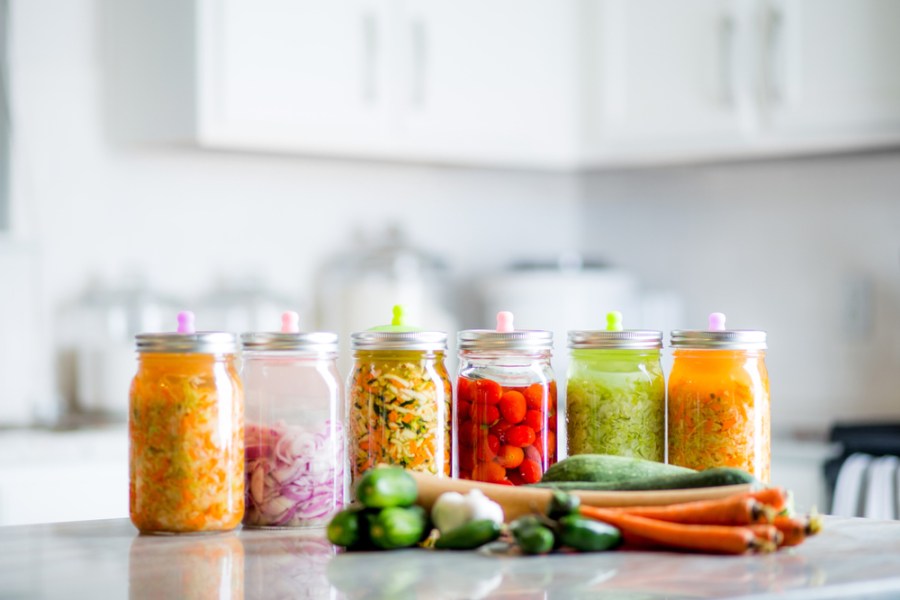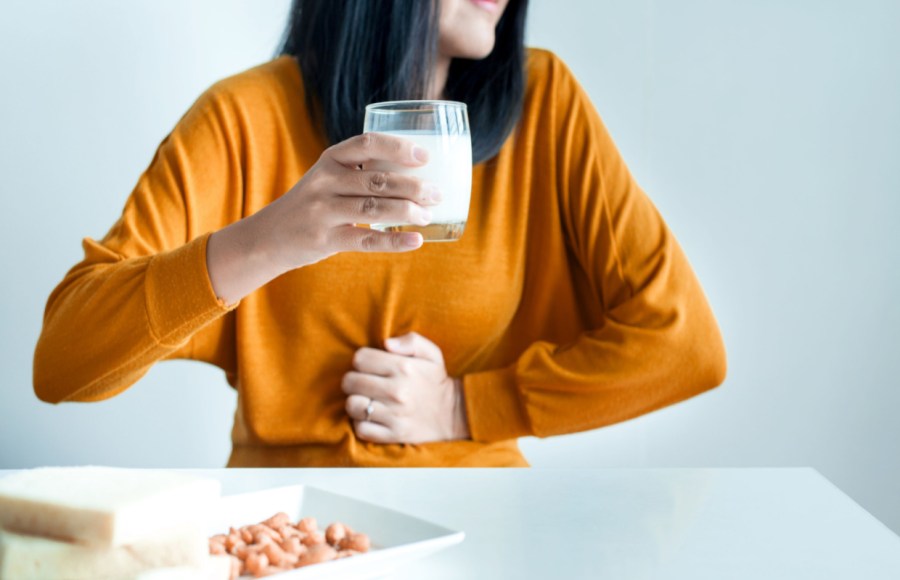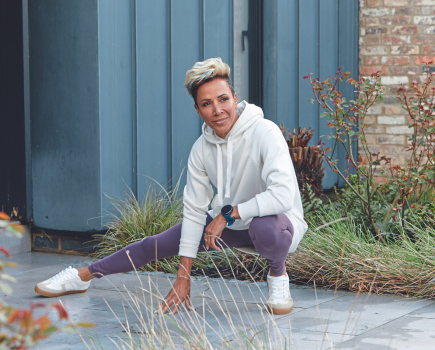
Pauline Cox MSc is here to share her top tips on how to protect, heal and strengthen your gut lining.
Functional nutritionist, author and ketogenic expert, Pauline Cox MSc, explains how to protect, heal and strengthen your delicate gut lining, while also diversifying your gut microbiome, through simple lifestyle and diet changes…
Your gut is the gateway to improving many areas of your general health, from mental wellbeing to weight – your gut microbiome influences health much more than you may expect. Comprising of bacteria, fungi and viruses, your microbiome works in harmony with your body to support digestion, immune function, vitamin and other beneficial compound production and processing for your wellbeing.
The microbiome is the main driver of your immune system. So what you eat can have a huge influence over the proper functioning and creation of a healthy immune system.
How to protect & heal your gut lining
Your digestive system is separated from your bloodstream by a very thin lining. This border selectively allows the passage of key nutrients and compounds from the digestive system into the bloodstream.
If this border begins to weaken and loosen, bacteria, unwanted compounds and even food particles can pass into the blood. This can trigger the immune system, causing low levels of continuous inflammation. Excess inflammation can result in aches, pains, tissue damage and even impact mood and mental wellbeing. Learn how to protect, heal and strengthen your gut lining with the following tips…
1. Avoid foods that damage the gut lining
This includes processed foods and substances you may have a sensitivity to, such as the gluten found in wheat products.
2. Reduce your stress levels
Stress can cause your gut lining to become “leaky” leading to systemic inflammation.
3. Maintain a balanced microbiome
Learning how to maintain the balance of good and bad bacteria in your gut microbiome can help you heal and protect your gut. Find out how below…

How to balance good & bad gut bacteria
A healthy microbiome is a balance of bacteria, yeast, fungi and viruses. While your microbiome is unique, an imbalance of certain bacteria, yeast or fungi can crowd out beneficial bacteria, and not-so-helpful bacteria can proliferate.
Candida fungus is a perfect example of this. A certain level of candida in the microbiome is healthy, but if it becomes dominant and overgrown, the imbalance causes problems and symptoms.
You can improve your gut microbiome balance by focusing on the following three things:
1. Eating plenty of polyphenol-rich foods
Polyphenols are found in brightly coloured vegetables and berries. Polyphenols interfere with the bacteria that produce inflammation, helping to restore balance. Vegetables rich in polyphenols also act as a superb prebiotic, feeding your good gut bacteria.
2. Increase your diet’s acidity
Your gut needs an acidic environment to ward off bad bacteria. Sauerkraut and apple cider vinegar are great examples of acidic foods that help to increase stomach acidity.
3. Keep things moving
When your bowels are sluggish, bad bacteria can start to replicate. Be regular by staying hydrated, active and eating fibre-rich veggies.

4 ways to increase your gut microbiome diversity
Gut microbiome diversity reduces as you age. This can have an impact on your immune system as well as other areas of health and longevity. Establishing bacterial diversity is an ideal way of improving gut health. Try the below to increase microbe diversity.
1. Have a daily dose of fermented foods
These include sauerkraut, kimchi or beet kvass to provide natural probiotic good bacteria to your gut.
2. Consider time-restricted eating
Eating within a small-ish window helps to “reset” your gut microbiome. Start by reducing evening snacking, then bring your dinner forward to 6pm or 7pm, and then once dinner is finished, the kitchen is closed! Don’t eat breakfast until 8-9am, so you’ve had at least 12 hours without food. In addition, some people extend this to 14 hours or even 16.
3. Spend time with a pet
People with animal companions tend to have greater gut microbiome diversity!
4. Get outdoors
Being outside in nature exposes you to beneficial microbes – the fresh air actually helps recolonise your microbiome!
 To gain better gut health, join Pauline’s eight-week Better Balance Programme, where you’ll be guided through how to break sugar addition, optimise fat burning, improve gut health and more. Top Santé readers get a 20 per cent discount using the code TopSante20 – click here or scan the QR code to visit the programme. Also, visit sowandarrow.com for more keto inspiration and healthy foods, plus for recipe inspiration, join Pauline’s Facebook page: Healthy Keto & Low-Carb Community.
To gain better gut health, join Pauline’s eight-week Better Balance Programme, where you’ll be guided through how to break sugar addition, optimise fat burning, improve gut health and more. Top Santé readers get a 20 per cent discount using the code TopSante20 – click here or scan the QR code to visit the programme. Also, visit sowandarrow.com for more keto inspiration and healthy foods, plus for recipe inspiration, join Pauline’s Facebook page: Healthy Keto & Low-Carb Community.
Words: Pauline Cox MSc | Images: Shutterstock







